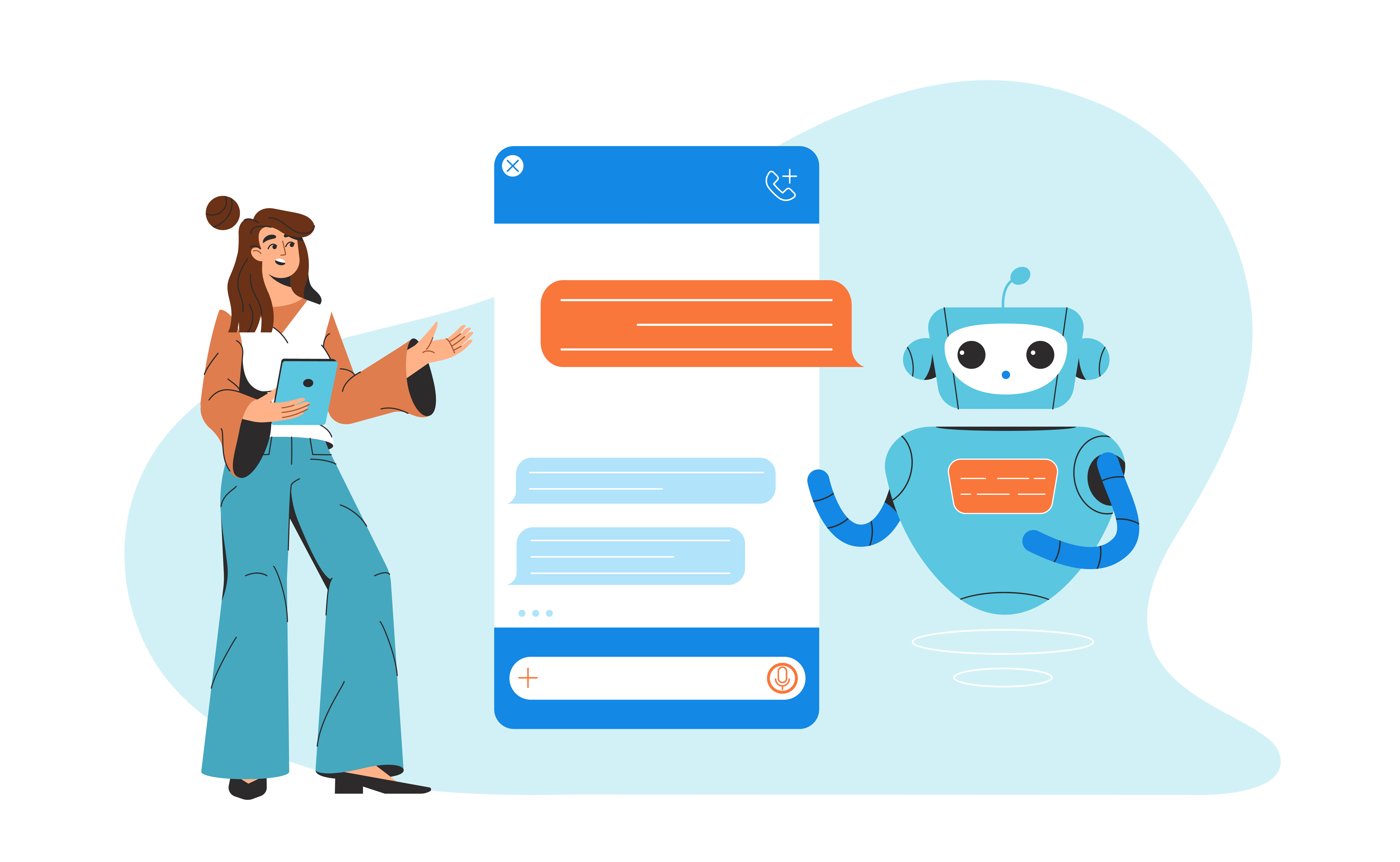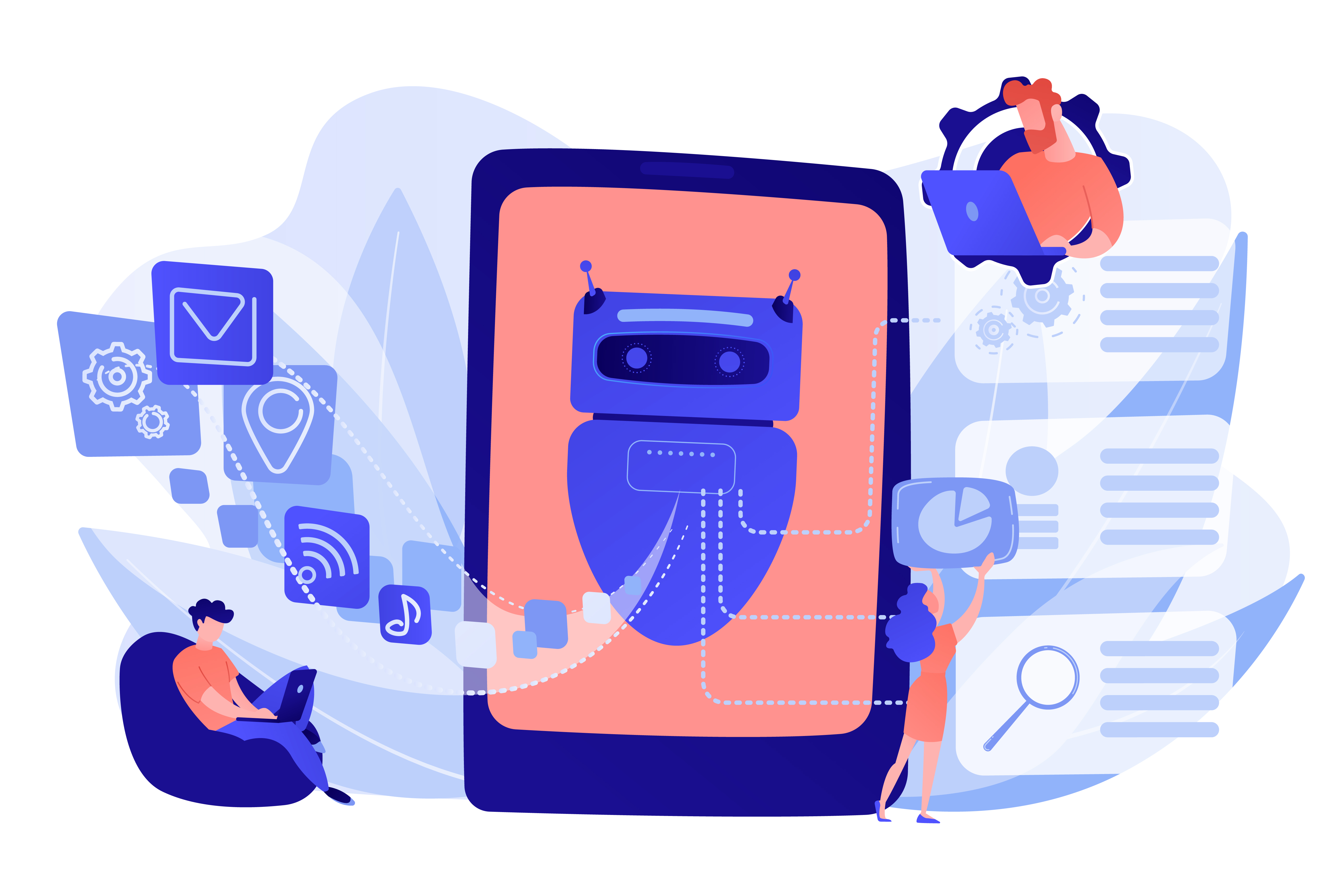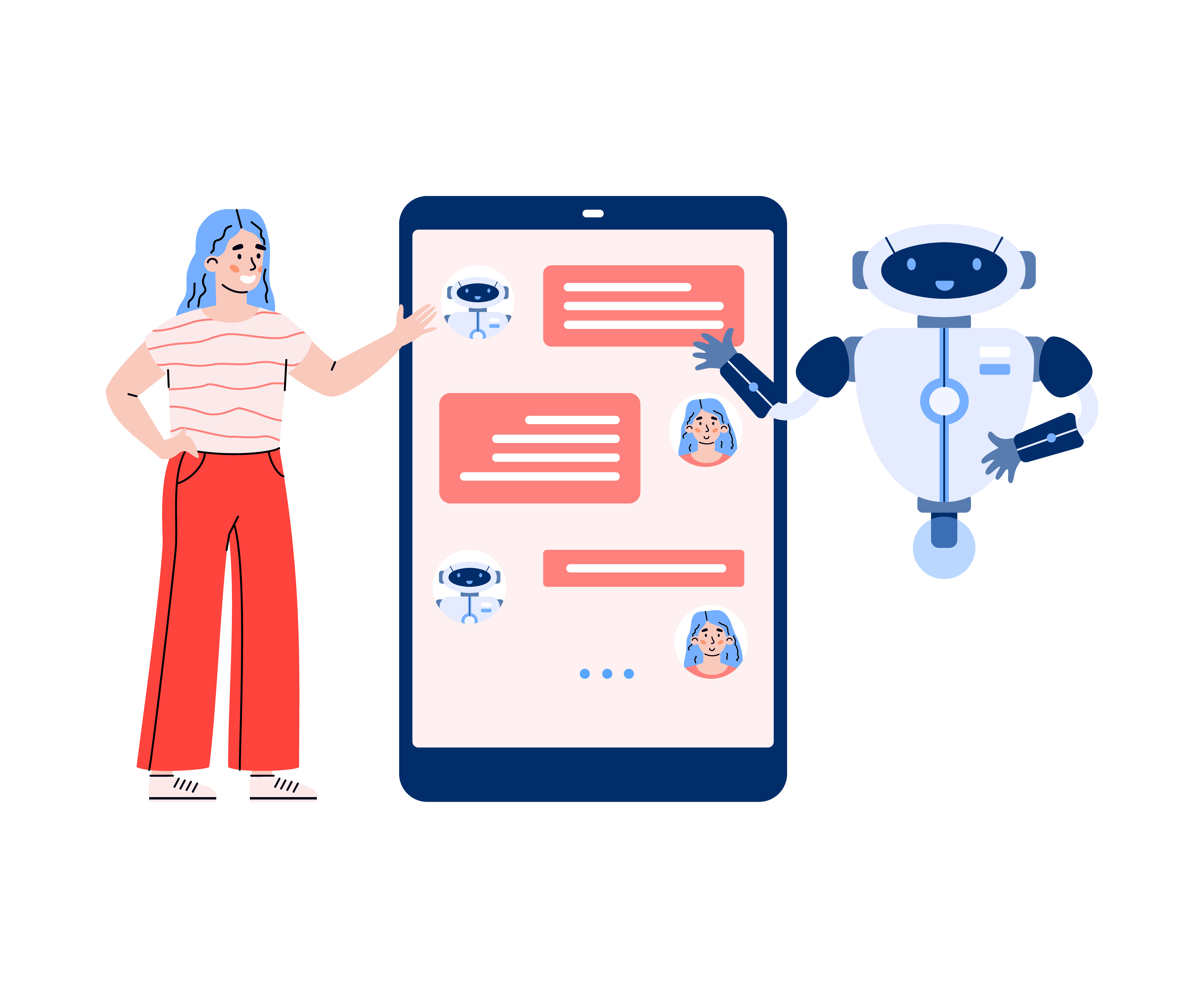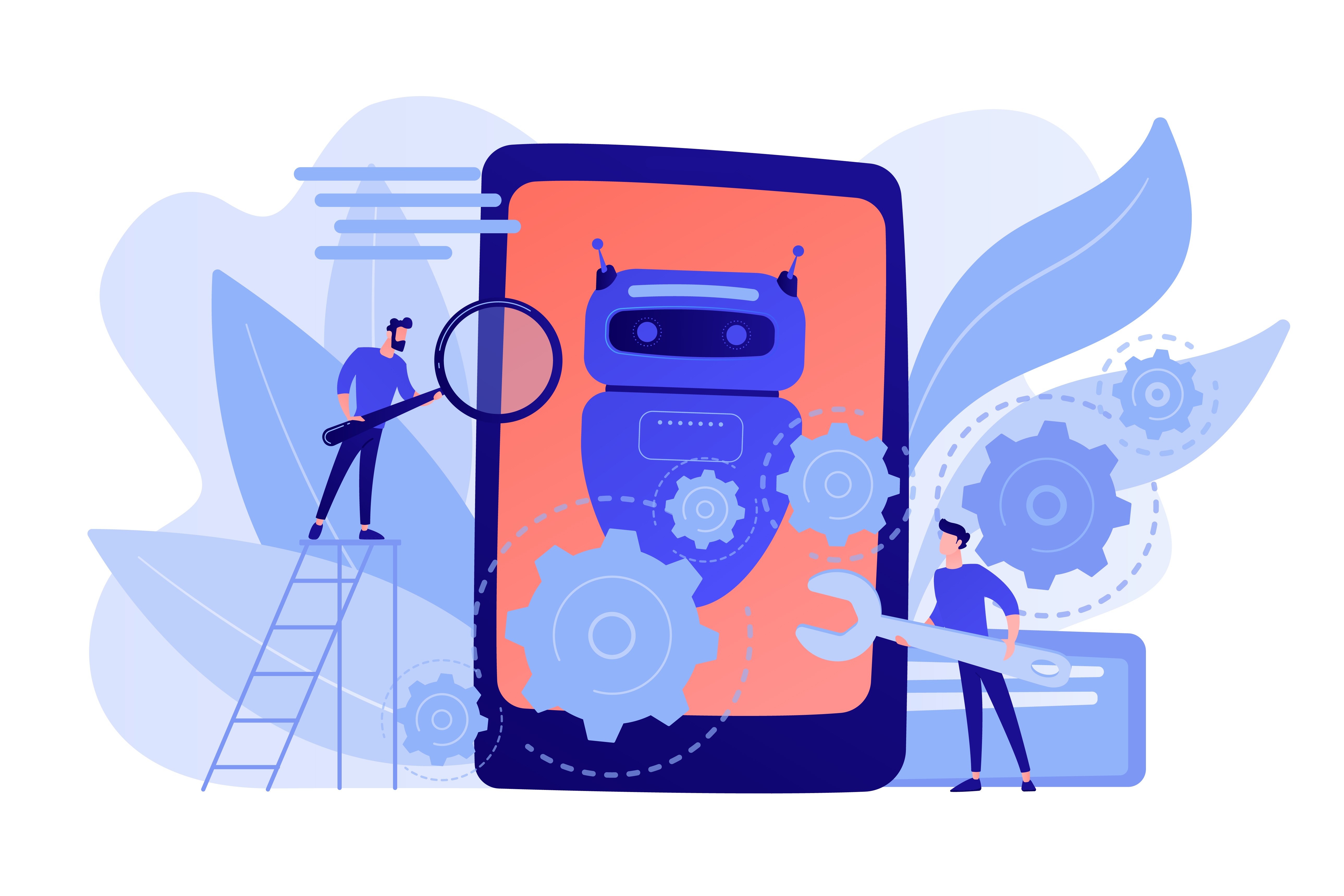
How to Implement a Chatbot on Your Website: A Step-by-Step Guide
9 min read
04.08.2025
Adding a chatbot to your website helps you answer questions, guide users, and reduce manual replies. A website chatbot works all day, giving quick responses when visitors need help. This can improve how people interact with your site and reduce pressure on your support team.
The process starts with deciding what the chatbot for the website should do. Then, you choose the right platform or tool and connect it to your site. It needs to understand basic questions and respond clearly. You also need to ensure it matches your brand’s tone. Once it is live, you can update it when needed. The goal is simple: make communication quicker and easier for both sides without losing the human touch.

Why Adding an AI Chatbot to Your Website Makes Sense
A website chatbot is more than just a tool. It can change how people use your website. When someone visits your page, they want answers without delay. An AI chatbot can reply at once, no matter the time or the question. You do not need a full support team to cover common requests. With the right setup, the bot handles that for you.
OpenAI’s API integration makes it easier to build a chatbot that can understand natural language and reply in a way that feels clear and simple. This gives your site a helpful voice that works day and night. Here are some reasons why adding an AI chatbot is a good step:
- Quick replies. People do not want to wait. A chatbot can respond right away. It gives simple answers, shares links, or asks follow-up questions to guide users.
- Better support without extra staff. You do not have to hire more people to keep up with questions. The chatbot can reply to many users at once, no matter how many ask for help.
- Helps people stay on your site. When visitors get the answers they want, they are more likely to stay longer and take action. The chatbot helps them move forward.
- Works all the time. Even at night or on weekends, the website chatbot keeps answering. You do not miss out on leads or leave users confused.
- Fits your brand. You need to train the chatbot to speak in a way that fits your business. It must follow rules, give accurate replies, and sound consistent.
- Simple to update. As your needs change, you can add new questions and answers. You are not stuck with the same setup.
Adding an AI chatbot for the website helps your site stay clear, helpful, and ready to answer. With OpenAI’s API, the chatbot becomes part of your daily work without needing to build everything from scratch. It gives you a tool that speaks well and works around the clock.

How to Add a Chatbot to Your Website: Full Step-by-Step Guide
Many websites now include chatbots. An AI automation agency helps users get quick answers without waiting for someone to reply by email or phone. An AI chatbot can talk to many users at once, respond at any time of day, and answer common questions. It can also guide people to the right page or collect contact details for follow-up. Chatbot integration can improve how your site works and how visitors use it.
To add an AI chatbot for a website, you first need to understand what you want it to do. Do you want it to answer basic questions? Help with sales? Collect feedback? The goal shapes the rest of the work. A clear plan at the start will make the whole process smoother.
Step 1: Define What You Want the Chatbot to Do
Start by asking one simple question: what is the main purpose of this chatbot? Some websites use a chatbot for support. Others want it to help with sales or booking. You can also use it to collect user details or show special offers. Before you begin, write down the chatbot’s main job.
Then think about:
- What types of questions will users ask
- What tone should the chatbot use
- What information does the chatbot need to give
If you have live support agents, think about what questions they hear the most. That can help shape your chatbot’s early replies.
Step 2: Choose the Right Platform
Next, choose how you want to build the best chatbot for your website. You can use third-party tools or build your own with the help of OpenAI’s API. Some well-known platforms:
- Chatfuel
- Tidio
- Landbot
- Botpress
- Custom-built bots using OpenAI API and backend tools like Node.js or Python
If you use OpenAI, you can train your chatbot to give clear replies in natural language. This means you can make it fit your brand and handle more complex requests.
Choose the platform based on:
- How much control do you want
- Your budget
- What features matter most
- The skills of your team
Step 3: Write the Conversation Flow
Once you have your tool, the next step is to plan how the chatbot on your website will talk. Start with a welcome message. This should tell the user what the chatbot can help with. Example: “Hi! I can answer questions about our services, pricing, and booking. What would you like to know?”
Then plan what happens next. If the user types a question, how should the bot respond? What if the user types something that it does not understand? Think of these situations and write clear replies. If you use a rule-based chatbot, you will need to map out each step manually. If you use OpenAI’s API, you can give it instructions or examples and let it generate replies. You should also include ways for users to speak to a human if needed.
Step 4: Set Up the Backend (If Using OpenAI API)
If you choose to work with OpenAI’s API, you’ll need to set up a few things:
- Create an OpenAI account. Go to OpenAI’s website and sign up. You will get access to API keys.
- Build your backend server. You can use Node.js, Python (with Flask or FastAPI), or another server-side language. The server will handle user input and send it to OpenAI.
- Set up routes. Create a route in your server where messages will be sent and received. When a user types something, this message will go through this route to OpenAI, and the response will come back.
- Call the OpenAI API. Use your API key to send the user’s message to the model. You can fine-tune how it replies by using system prompts or temperature settings.
- Send the reply back to the site. Once the chatbot on website gets a reply from OpenAI, send that text back to the browser so it can be shown to the user.
If you do not have coding experience, you may need help from a developer for this step.
Step 5: Connect the Chatbot to the Website
Now you need to place the AI assistant chatbot on your site. There are two main ways:
- Using a widget. Most chatbot platforms offer a widget code you can paste into your site’s HTML. This is the easiest method.
- Using a custom chat UI. If you built the chatbot yourself, you’ll need to create a user interface. This can be a small chat window in the corner of your site.
Use JavaScript to send and receive messages between the UI and your backend server. Make sure the chatbot loads quickly and works on both desktop and mobile.

Step 6: Test It Before Launch
Before you go live, test the chatbot fully.
Check:
- Does it greet the user?
- Does it answer common questions correctly?
- What happens if it does not understand a message?
- Can users talk to a person if needed?
- Does the chat window work well on all screen sizes?
Ask friends or team members to try it. Look for problems or confusing replies. Fix anything that makes the bot feel slow or unclear.
Step 7: Launch and Monitor
Once you are happy with how it works, launch the AI assistant chatbot. Tell your users about it. Add a short note on your homepage or contact page saying that they can now use the chatbot to get help. After launch, keep track of:
- What questions users ask
- Which replies work well
- When the chatbot gets stuck or gives wrong answers
Adding a chatbot to a website is not just a technical task. It is a way to make your site more helpful. With good planning, a clear purpose, and the right setup, your chatbot can become a useful part of how you talk to users. You do not need to do everything at once. Start with a few features, test them, and grow over time.

Advanced Chatbot Integration Capabilities
Modern chatbots are more than simple responders. With the right setup, they can connect with your tools and take part in daily operations. Below are the key ways advanced chatbot integration works.
Connected to Customer Systems
An AI chat for a website can link with your customer records. When someone asks about a booking or an order, the chatbot can check the status and give a direct reply. It can also collect feedback, update records, or send alerts to your team. This saves time and keeps your support team focused on more complex tasks.
Lead Collection and Sales Support
If a visitor is looking at a product, the chatbot for your website can ask a few short questions and send the answers to your sales team. It can also save the contact in your CRM or trigger a follow-up email. This makes it easier to turn visitors into leads without long forms.
Multi-Language and Voice Options
Some chatbots can switch between languages based on the user’s location or browser. Others can work with voice commands. These features help you reach more users and make the experience easier for those who prefer speaking or do not type well.
Product Selection and Payments
You can connect the chatbot to your shop. It can help users pick a product, apply discounts, and finish the payment steps without leaving the chat window. This helps reduce cart drop-offs and supports users in real time.
Custom Logic and Triggers
Advanced bots can use rules. For example, if a user visits a pricing page twice, the chatbot for your website might ask if they need help comparing plans. These small actions make the chatbot feel more helpful and less random.
Improved Site Content Over Time
By checking what users often ask, you can update both the chatbot and your site. You will know what is missing, unclear, or confusing. With small changes, the chatbot grows smarter and your site becomes clearer.
If you want a website with chatbots that works with your tools and supports your users better, Admiral Studios can help. Contact us to talk about what your site needs and how we can build it.